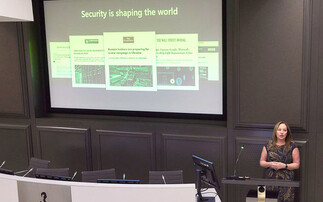TEC Industrial sues TriSummit Bank after cyberheist perpetrated by gang based in Eastern Europe
A US heavy industrial construction company is sueing its bank after losing $327,000 in a cyber attack, claiming negligence on the part of the bank and breach of contract after it was subject to a "...
To continue reading this article...
Join Computing
- Unlimited access to real-time news, analysis and opinion from the technology industry
- Receive important and breaking news in our daily newsletter
- Be the first to hear about our events and awards programmes
- Join live member only interviews with IT leaders at the ‘IT Lounge’; your chance to ask your burning tech questions and have them answered
- Access to the Computing Delta hub providing market intelligence and research
- Receive our members-only newsletter with exclusive opinion pieces from senior IT Leaders





















